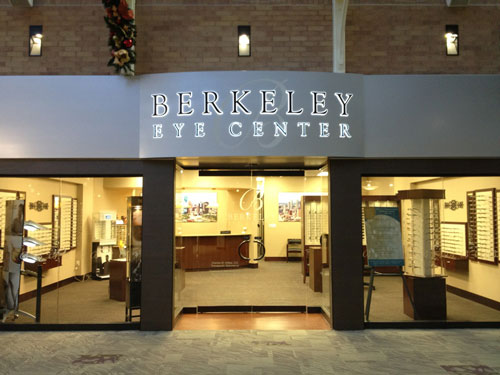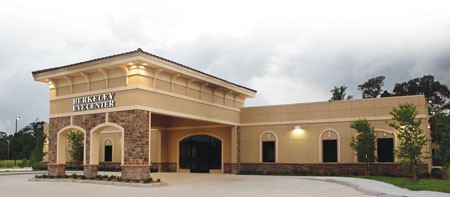
HOUSTON—With 19 full service optical centers and seven surgical locations, Berkeley Eye Center administrators had reason to believe they didn’t need the leverage of a buying group when negotiating with national vendors. “We would look at a buying group’s discount pricing and think, ‘Our current discount is higher,’” said Catherine Martinez, a member of the administrative team.
But Berkeley soon discovered an alternative to joining a national buying group that would provide much greater value than expected.
 Catherine Martinez
Catherine MartinezDespite providing patient treatment and care for more than 50 years, optical dispensaries were a relatively new business component within Berkeley, so Martinez, the director of optical services was intrigued by an opportunity to meet other practice administrators who were developing marketing and management strategies for multiple optical centers.
Invited to attend as a guest, Martinez fondly remembers the 2014 Opti-Port SPARK conference in Las Vegas that brought her together with executives and administrators representing 25 of the largest eyecare practices in the country. “We openly shared our strategies, both wins and losses, what worked and what hadn’t. It was exciting to sit in a room of peers who understand and who can discuss the diverse challenges we all face, and none of us have to worry about being a competitor from down the street. I walked out of that session with pages of great ideas,” she said. Soon after that meeting, Berkeley Eye Centers joined Opti-Port.
How did joining Opti-Port fit Berkeley’s corporate culture? “We recognize the need to change constantly. If we do things the same way, day in, day out, we will miss opportunities. The owners set an example, always looking at new technology, so as an organization, we’re ready to embrace change and try new things,” said Martinez.
The challenge for any organization, however, is to find relevant ideas that will work in a specific setting. “Working every day in the same environment, it’s difficult to identify those ideas. Opti-Port brings a fresh, broadened perspective on what’s being tried in the industry. It has a pulse on so many new initiatives and ideas. We are learning to leverage that information,” she said.
Recently, Martinez attended the fall 2015 SPARK conference and brought along three optical management team members. The keynote presentation and member led workshops has helped them fine tune their training. She said each of them came away from the meeting with at least one major initiative to improve productivity, sales and patient engagement.
“Some of these plans are focused on our methods of training and motivating Millennial employees, while others target how we communicate and manage all employees in a time of turbulent change and technology innovation.” To increase patient satisfaction and referrals, the Berkeley optical staff re-evaluated patient flow within the practice, charted the most common patient complaints and is developing targeted training to address and reduce those complaints effectively— all the while, keeping in mind the needs and communication styles of multiple generations of workers and patients.

Besides providing Berkeley with a community forum for great ideas, Opti-Port’s KPI Analytics will also help the practice with benchmarking and decision-making, according to Martinez. Members who choose to participate submit key metrics to Opti-Port, where all data is prepared for comparative analysis.
“Unlike typical industry metrics that include every kind of practice, Opti-Port KPI’s provide us with data from comparable organizations to Berkeley. We’ll be able to benchmark our results vs. other multi office organizations that offer similar ophthalmology/optometry products and services,” said Martinez. “Because we continually seek ways to improve outcomes, patient satisfaction and business metrics, this free service from Opti-Port will be invaluable in helping provide a great deal of the data needed to guide the way.”
Berkeley Eye Center does things right by many measures, and according to an annual Houston Chronicle survey of metro-area employees and businesses, the organization has been voted one of the top five places to work in Houston, Texas, for the past five years. “The owners truly care about us. We and our families come first,” said Martinez.
Recalling a time when the executive administrator got personally involved to assure an employee in health crisis received optimal treatment at a premier medical center, Martinez said, “That kind of commitment to employees and that kind of ethical leadership make all us want to work harder.”